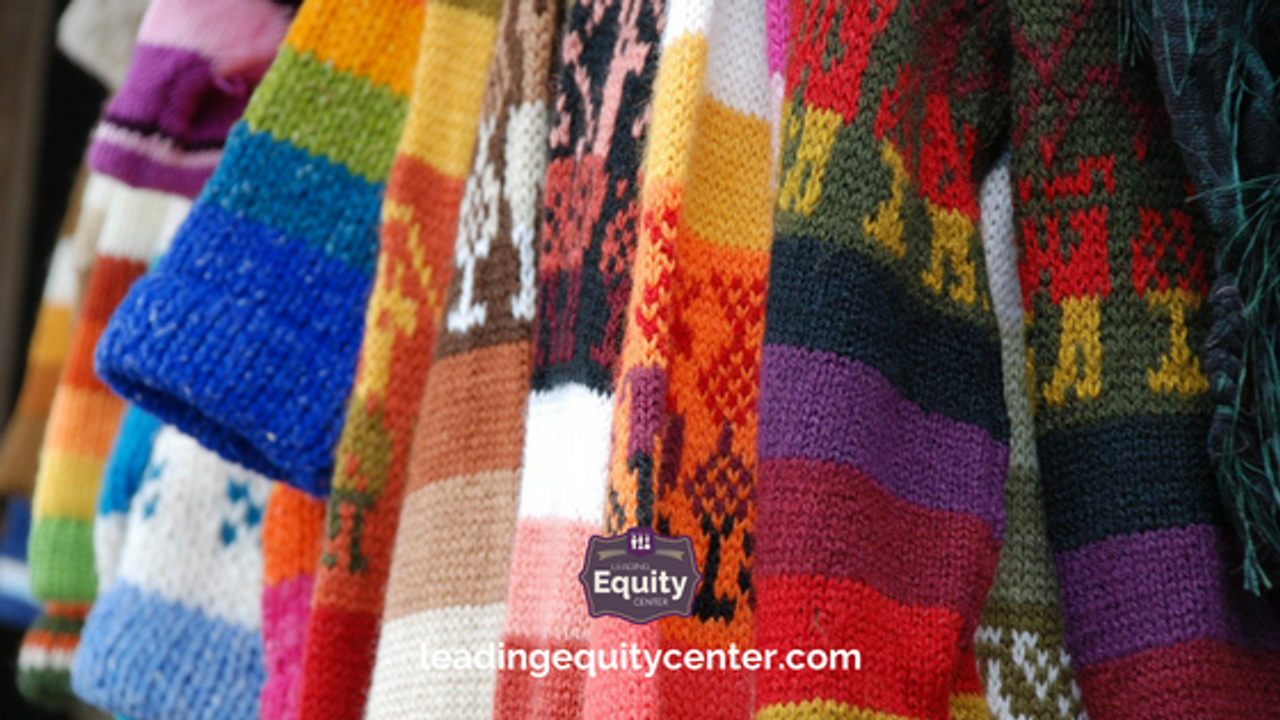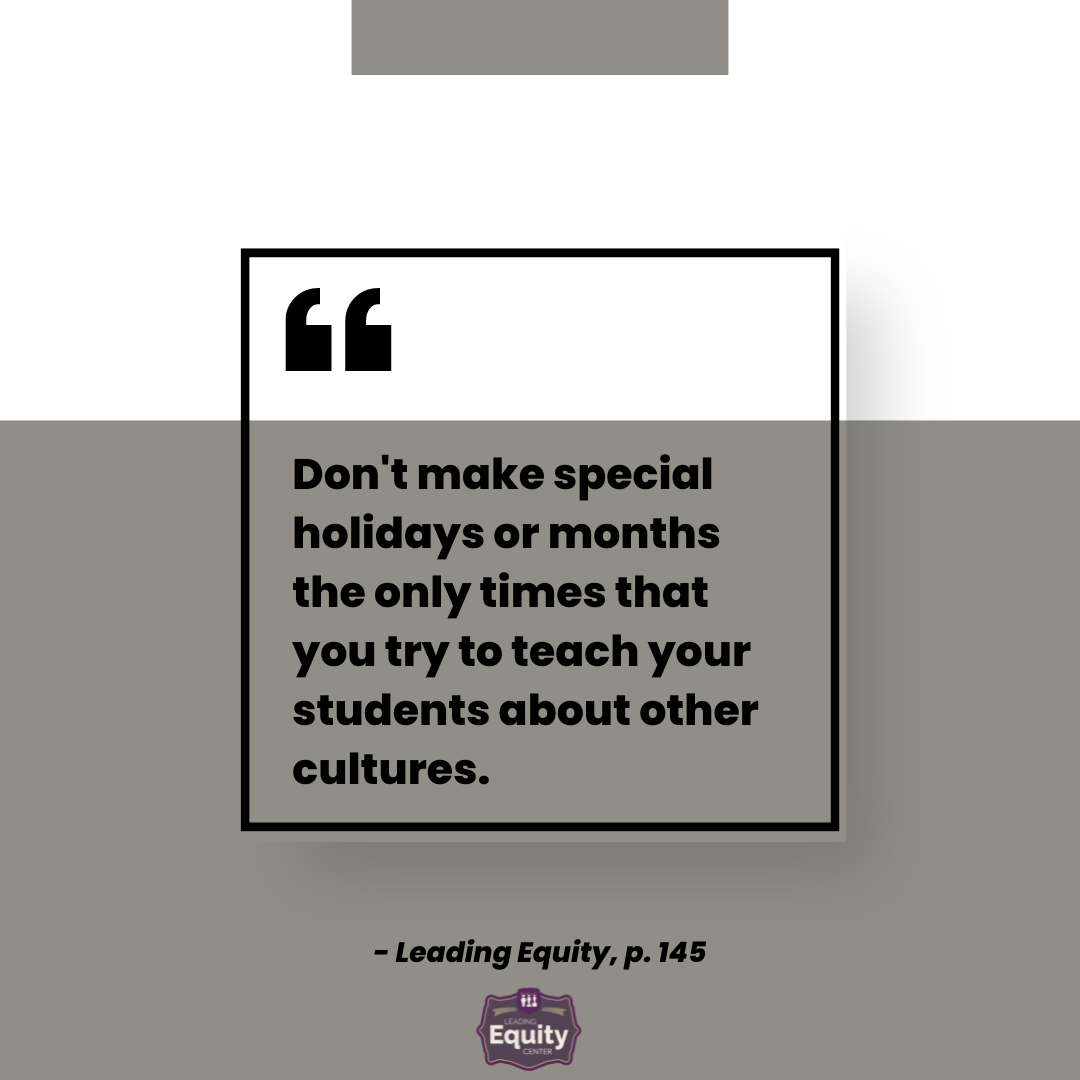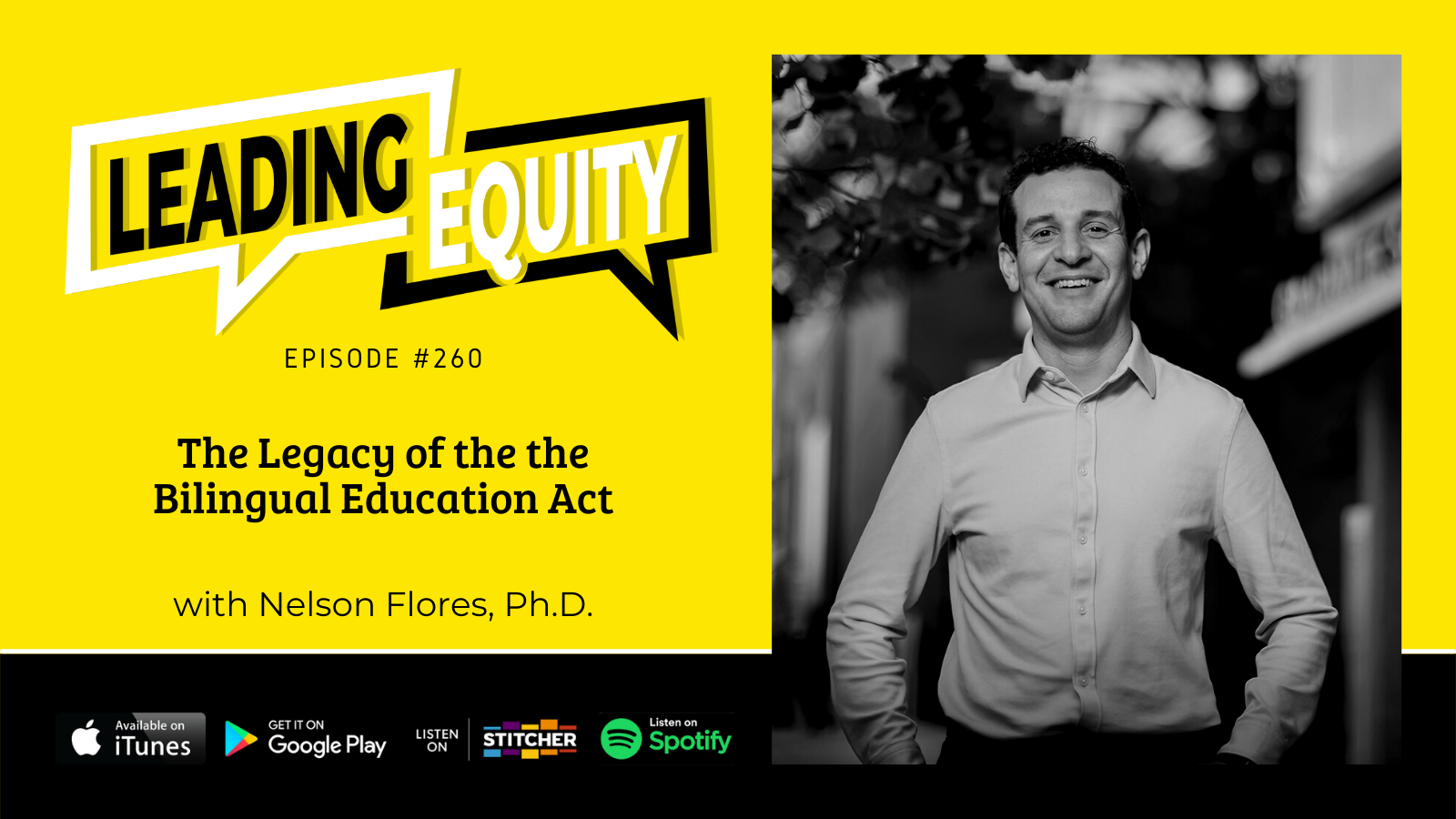Cultural Story Telling is a great tool to use in your classroom.

Hey Advocates,
I want to begin by recognizing the start of Hispanic Heritage Month (September 15 - October 15). I share my thoughts regarding “tokenized celebrations” in my book.

The bottom line is we are doing our kids a disservice if these are the only times students learn about other cultures. Furthermore, we also have an opportunity to celebrate the great impact that various cultures have in our society as a whole.
Cultural Story Telling is a great tool to use in your classroom.
Each of us has a story. As our classrooms are becoming more and more diverse, students must share their stories and cultures to make learning relevant and authentic. Here are some tips:
Integrate cultural storytelling in both monocultural and multicultural settings.
To grow as individuals and as learners, we need to hear various perspectives on ideas and engage with people who are different from us. Suppose student learning occurs only within the silo of a monocultural environment. In that case, we risk limiting students’ exposure to culturally diverse populations to secondary media sources that might propagate harmful stereotypes.
Acknowledge families as one of the most significant resources for cultural storytelling.
For students of specific cultural backgrounds, the stories taught in school and those taught at home are sometimes in diametric opposition. Remember that family experiences are one of the most potent and authentic resources we can leverage as a learning community. Invite families into the classroom to share their stories and enrich the curriculum with their experiences.
Connect with other classrooms and teachers.
In the age of social media, it is now easier than ever to connect with classrooms from different cultures worldwide. Platforms such as Twitter, Voxer, and Facebook will allow you to find other educators interested in using cultural storytelling in their classrooms. As you seek to connect with a community of learners, stay focused on the goal of empowering students to become global citizens. Ensure that there is mutual respect between the two classrooms so that students can learn together and from one another in an equal exchange.
Build relationships with your students.
Developing relationships is the key to unlocking the power of cultural storytelling. Nurturing these relationships will create a learning environment in which students feel safe enough to engage in the vulnerable work of sharing their culture and identity with others. Positive relationships will also empower you, as an educator, to make instructional decisions that enable your students to thrive based on their interests, backgrounds, and abilities.
Remember, you’re not giving your students a voice; you’re listening to their voices.
Our students are cultural beings who come to us with a unique set of experiences, values, and beliefs. As you engage in cultural storytelling in your classroom, remember that your role is not to give your students a voice other than the one they already have. Instead, the work is to listen to their voices, amplify their stories, and encourage them to amplify the voices of others in their communities.
I’m also attaching a PDF entitled “10 Questions to Consider when Celebrating Culture in School.”
Feel free to share and use this resource.
Content created this week.
Show Highlights
- Early European linguistics
- Assimilation in language
- Bilingual Education Act
- Verbal Deprivation Theory
- The legacy of the Bilingual Education Act
- Can a child be semilingual?
Session Description
In this session, we will discuss how to identify the professional development needs of your school/district.
That’s all for now, I’ll be back next week!
-Sheldon



